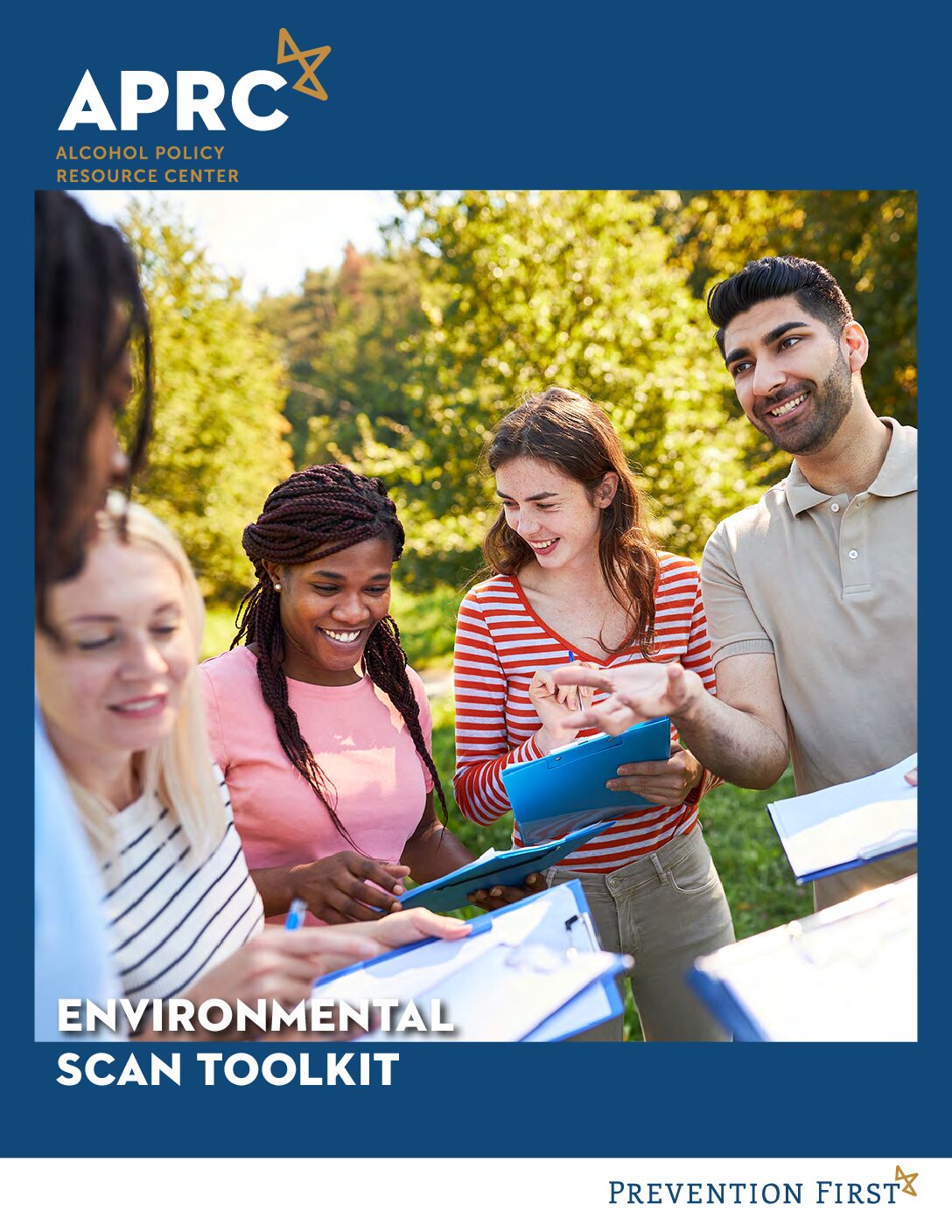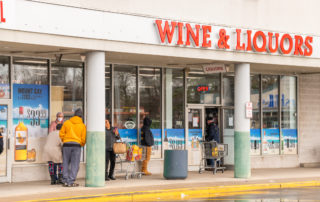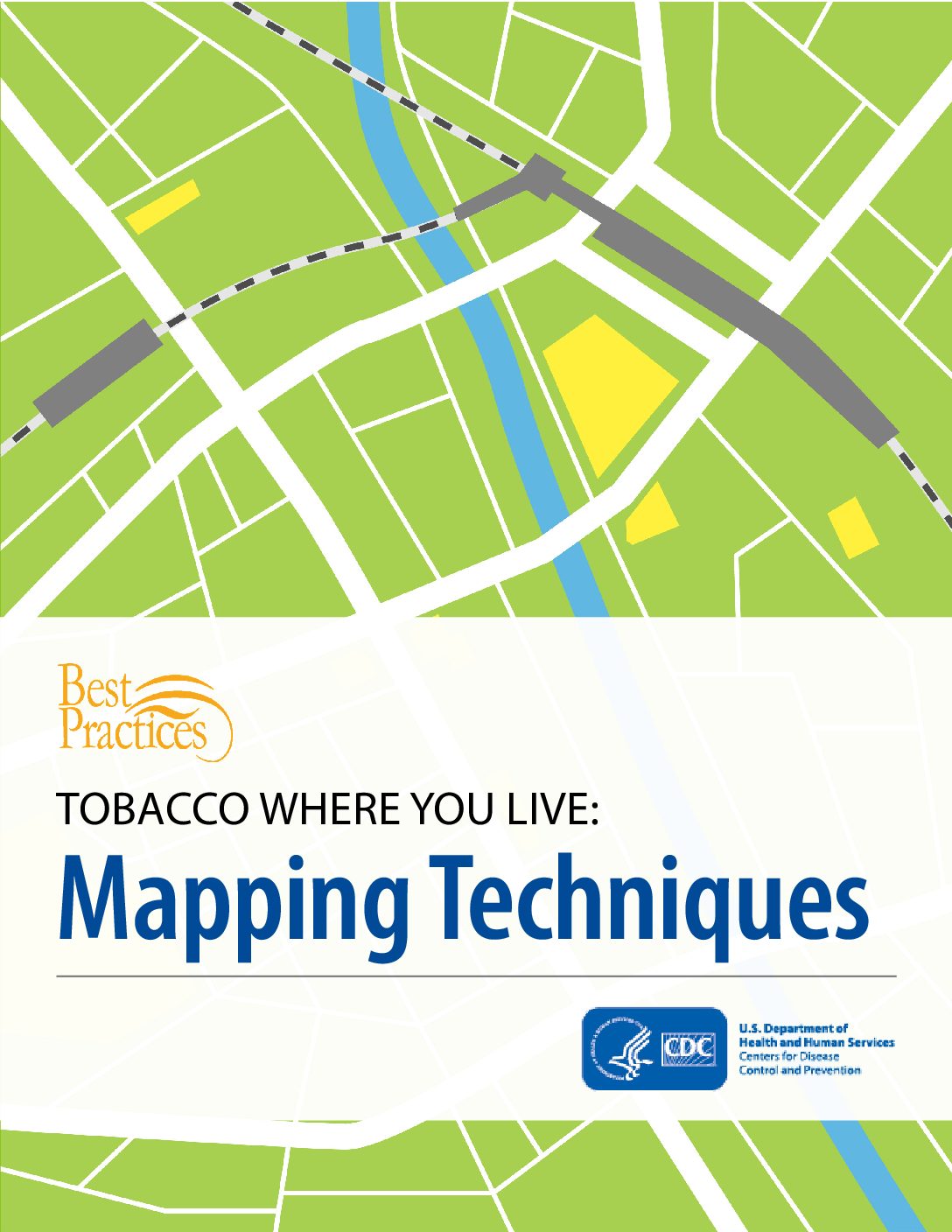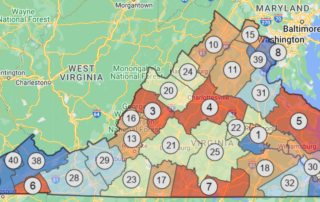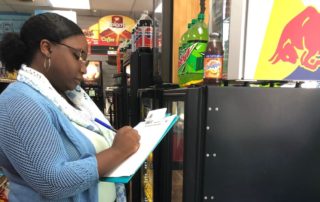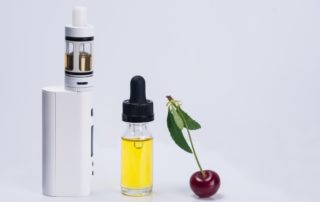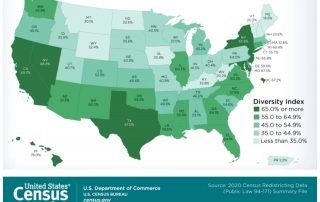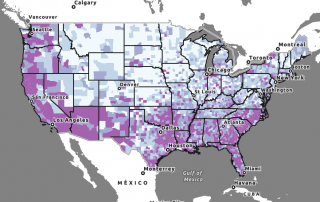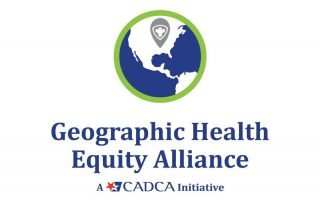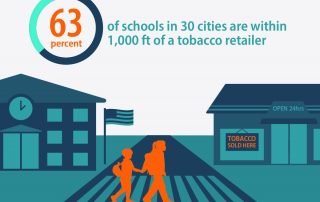Webinar: Environmental Scans for Alcohol Policy Change with the Alcohol Policy Resource Center
We are excited to announce a collaborative webinar with the Alcohol Policy Resource Center. The Environmental Scans for Alcohol Policy Change webinar will be on Wednesday, November 8th, from 2:00 p.m. to 3:30 p.m. Eastern. Assessing your community is critical in identifying potential issues contributing to underage or excessive alcohol use. Completing a comprehensive assessment [More]
Store Assessments: A powerful tool for understanding the retail environment
Marketing and promotions for alcohol and tobacco products saturate retail stores in most communities—the same places where you buy milk, snacks, and medicine. Research has shown that exposure to advertising and promotions for these products have a number of negative health impacts, such as prompting youth initiation, encouraging impulse purchases, and leading to brand preference. [More]
CDC releases new mapping techniques best practice supplement
Maps are a valuable tool for understanding community trends, visualizing disparities, identifying gaps in program and policy implementation, educating decision makers, and evaluating interventions. In expanding upon the evidence-based recommendations in the CDC’s Best Practices for Comprehensive Tobacco Control Programs–2014, the Center for Public Health Systems Science at Washington University in St. Louis recently released [More]
The benefits of mapping alcohol outlets
Mapping is a public health tool that has been used for centuries to find patterns, tell stories, and support policies. In 1854, mapping the location of cholera deaths allowed John Snow to identify a pattern and ultimately determine the source of the outbreak. While our technology has greatly improved, the same basic idea of using [More]
Counter Tobacco Podcast: Store Assessments (Episode 28)
Store assessments are visits to retail tobacco stores to document and collect data on what tobacco products are being sold and how they are being marketed and promoted in your community. In this episode, learn both why and how to conduct them, as well as how the data you collect can be used. Listen below [More]
New FTC report on e-cigarette sales and marketing emphasizes importance of the retail environment
A new FTC report on data from 6 major e-cigarette companies show that retail stores account for most e-cigarette sales and marketing expenditure. It also shows the popularity of flavored e-cigarette products that helped drive youth smoking rates. The report makes it clear that the retail environment is critical when creating public health policies. The [More]
How innovative technology aided public health during COVID-19
The COVID-19 pandemic invited technology innovation in order to help keep the public updated, and inform scientists, leaders, and public health departments as information changed rapidly and more people were affected. Health departments working with academia and the private sector built useful tools to share information and guide responses to the pandemic. Existing health disparities [More]
Report: Surveying How the Tobacco Industry Markets Flavors in Five Midwestern Cities
A report from Counter Tools and Truth Initiative examines how flavored tobacco products are marketed and sold in 5 U.S. cities, with new data looking specifically at e-cigarette products. Download Materials Summary report: Surveying How the Tobacco Industry Markets Flavors in Five Midwestern Cities Full report and fSTARS form: Retail Store Assessments for Flavored Tobacco Products: [More]
2020 Census Data show a more racially and ethnically diverse population
The overall racial and ethnic diversity of the country has increased since 2010, and the number of people who identify as multiracial increased significantly. We use census data in our data collection and mapping tools to help states identify disparities in tobacco and alcohol retailer density and advertising. The Census Bureau has released data summary [More]
New Minority Health SVI data available from the CDC and OMH
The Centers for Disease Control and Prevention (CDC) and the Department of Health and Human Services Office of Minority Health (DHHS OMH) have launched a new Minority Health Social Vulnerability Index (SVI). The COVID-19 pandemic highlighted how the social determinants of health directly impact the health of communities. Unsafe or unstable housing, income insecurity, lack [More]
Healthy POS Webinar Series: Alcohol at the POS – Places, Promotions, and Problems
We hosted a webinar in our "Healthy POS Webinar Series" on Thursday, June 17 at 11am EST. Our guest speaker was Dr. Pamela Trangenstein, PhD, Assistant Professor, Department of Health Behavior, UNC-Chapel Hill Gillings School of Global Public Health; and a leading alcohol researcher. The advertising and selling of alcohol products at alcohol outlets (e.g., [More]
New FTC reports show the tobacco industry continues to focus on point of sale marketing
New reports from the Federal Trade Commission show that in 2019 the tobacco industry spent nearly $6.6 billion marketing and promoting cigarettes and smokeless tobacco at the point of sale. Figures from the Federal Trade Commission (FTC) Reports on Cigarettes and Smokeless Tobacco Sales and Marketing Expenditures in 2019, released in March 2021, document a [More]
Announcing the 2021 Geographic Surveillance Learning Collaborative
The Geographic Health Equity Alliance and Counter Tools are excited to announce the second annual Geographic Surveillance Learning Collaborative for National Comprehensive Cancer Control and National Tobacco Control Programs. In this learning collaborative, teams from six participating states will each work on a project designed to build competence in the areas of mapping policies (i.e., legal mapping) and communicating about geographic health disparities. Project Details [More]
Addressing Health Disparities Through Alcohol Outlet Density
There are many ways the COVID-19 pandemic has changed our daily lives. One of many interesting public health observations is the impact of the pandemic on alcohol consumption. Thanks in part to many bars and restaurants being closed at some point during the last year, off-premise alcohol sales saw a significant spike in spring 2020 [More]
Geographic Surveillance Learning Collaborative 2020 – Highlights from Tobacco Control Programs
The Geographic Health Equity Alliance (GHEA) and Counter Tools facilitated the inaugural Geographic Surveillance Learning Collaborative for National Tobacco Control Programs and National Comprehensive Cancer Control from May to September 2020. In order to participate, interested states were required to establish a three-person team consisting of a statewide representative from each of the following fields: (1) tobacco control, (2) comprehensive cancer control and [More]
Considering social vulnerability and health equity in COVID-19 vaccine allocation
Health equity is being considered in discussions of vaccine allocation for perhaps the first time in our history. Official recommendations for vaccine distribution may include the CDC’s Social Vulnerability Index as a way of incorporating the disproportionate impacts of COVID-19 on certain communities into determination of priority groups. The pandemic has heightened focus on disparate [More]
Trust for America’s Health releases recommendations to address obesity crisis
Access to healthy food or safe places to be active is inconsistent across communities and research shows that socioeconomic factors including poverty and race/ethnicity contribute to an increased rate of obesity. The State of Obesity 2020 report provides evidence-based policy recommendations for addressing the obesity crisis using a multi-sector, multi-disciplinary approach, and focuses on those [More]
Tobacco retailer density in 30 U.S. cities – ASPIRE and Campaign for Tobacco Free Kids share new findings
New research on tobacco retailer density finds that across 30 major US cities, 63% of public schools are located within 1,000 feet of a tobacco retailer. The data show there is also a high density of tobacco retailers in low-income neighborhoods. Mapping tobacco retailers in our communities is one of many powerful tools needed to [More]
A look at COVID-19 as a time to quit smoking
As new data is continually being published about COVID-19 risk factors, a renewed call for quitting smoking has been sounded. With all of the news and reports on COVID-19, we find ourselves thinking about our work with our partners on healthy living, and more specifically our work on tobacco control. There have been several studies [More]
New infographics – Compare your state’s FDA violation rates year over year
Here are infographic maps showing FDA state violation rates of tobacco product sales to minors including e-cig sales, looking at FY2019 compared to FY2018. We're pleased to announce that we have updated the infographics we shared at NCTOH last fall! The orange themed maps display the “FDA Violation Rate of Tobacco Product Sales to Minors” [More]

